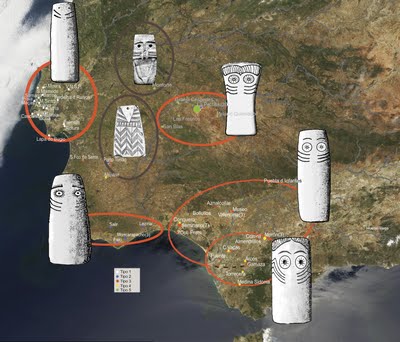Ygorcs
Active member
- Messages
- 2,259
- Reaction score
- 812
- Points
- 0
- Ethnic group
- Multiracial Brazilian
Unless it's my tiredness kicking in, do people not realise how important this is?! This is R1b-L151, in Southern France no less (and by the Rhône no less too), with absolutely no sign of Steppe.
Instead, it has a lot of WHG, and a lot of ENF too. Rather Basque-like.
Doesn't it have way too much WHG to be comparable to Basques or any modern population in fact? I'm not sure, but considering WHG is not differentiated from EHG, and EHG itself already carried a minor percentage of ANE (I think ~10%) amidst a whole lot of WHG-like admixture, it is quite likely that this calculator just does not get the EHG signal that could exist in the sample especially if it's mixed with additional WHG. I think other models would be better, this one seems more prone to confuse people more than clarify things, the labels are just so broad, and the proxy populations so vague...
In any case, I do think this sample is very interesting and merited deeper investigation (what paper published about it? Maybe we could try to find their interpretation of the data).



